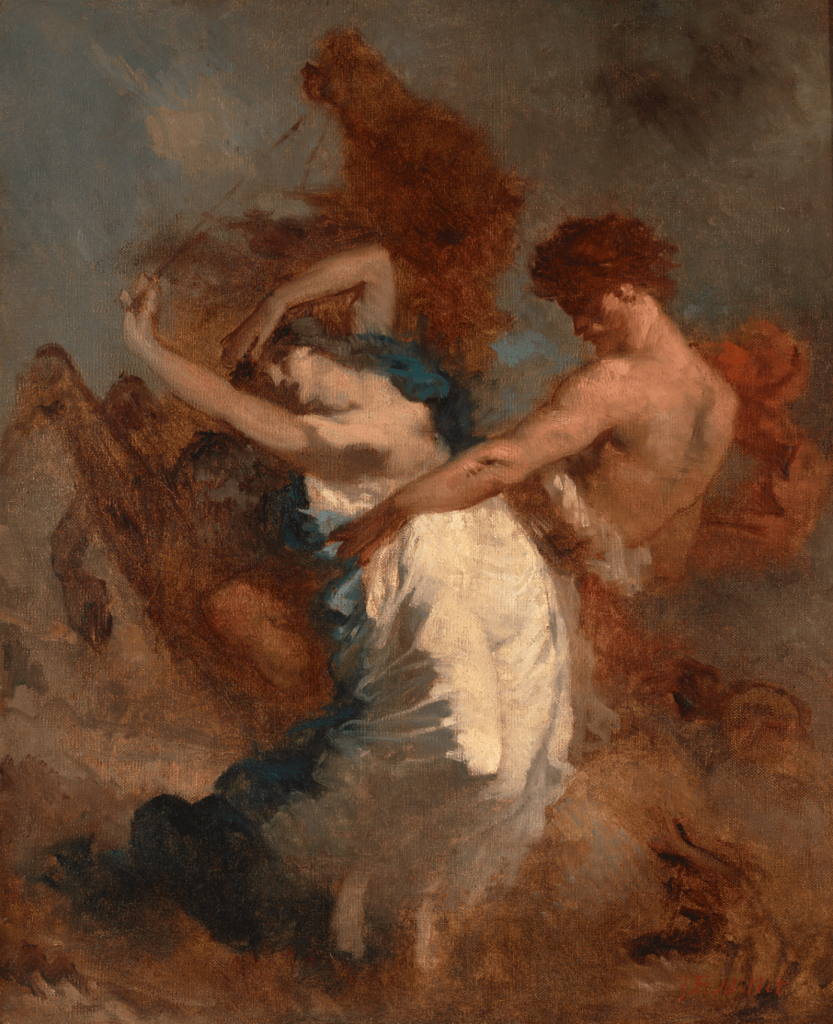
Jean-François Millet (1814–1875) was a French painter and one of the founders of the Barbizon School, a group of artists who worked in the Barbizon forest near Fontainebleau. He is best known for his realistic and empathetic depictions of rural life, particularly scenes of peasants and the French countryside.
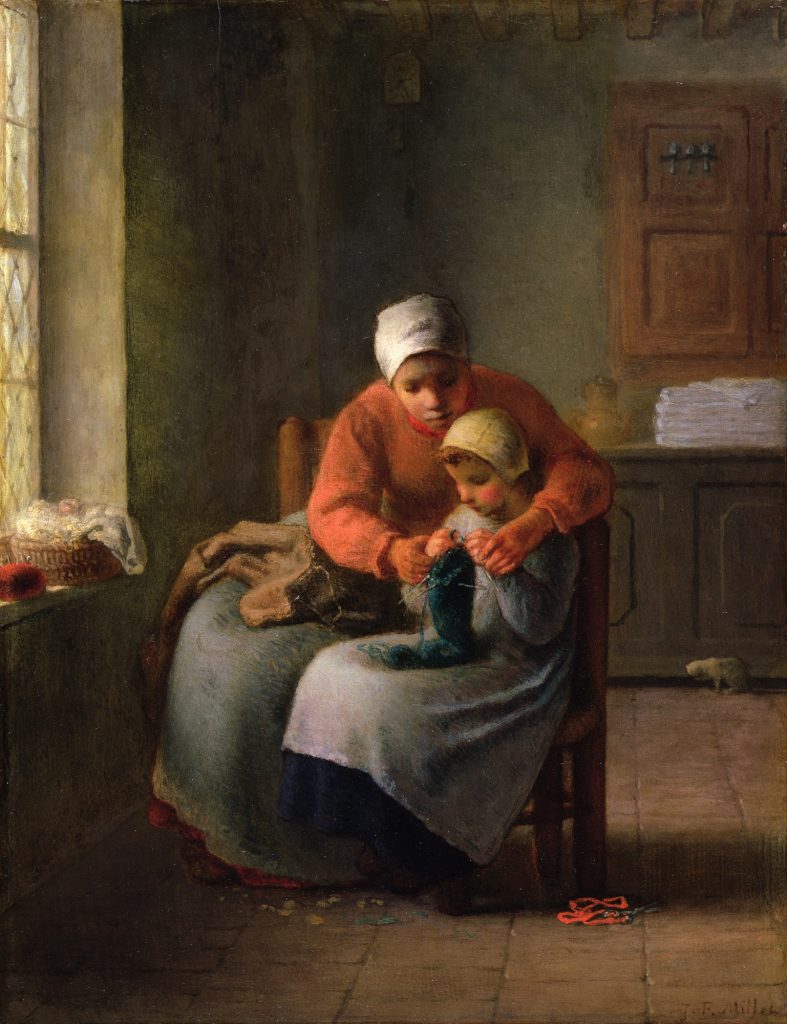
- Early Life and Training: Millet was born on October 4, 1814, in Gruchy, a small village in Normandy, France. He came from a farming family and initially worked on the family farm. His talent for drawing was recognized early, and he eventually enrolled in art school in Cherbourg and later studied in Paris.
- Barbizon School: Millet moved to Barbizon in the early 1840s, where he joined a community of artists who were inspired by nature and rural life. The Barbizon School was a precursor to the Impressionist movement and played a significant role in the development of French landscape painting.
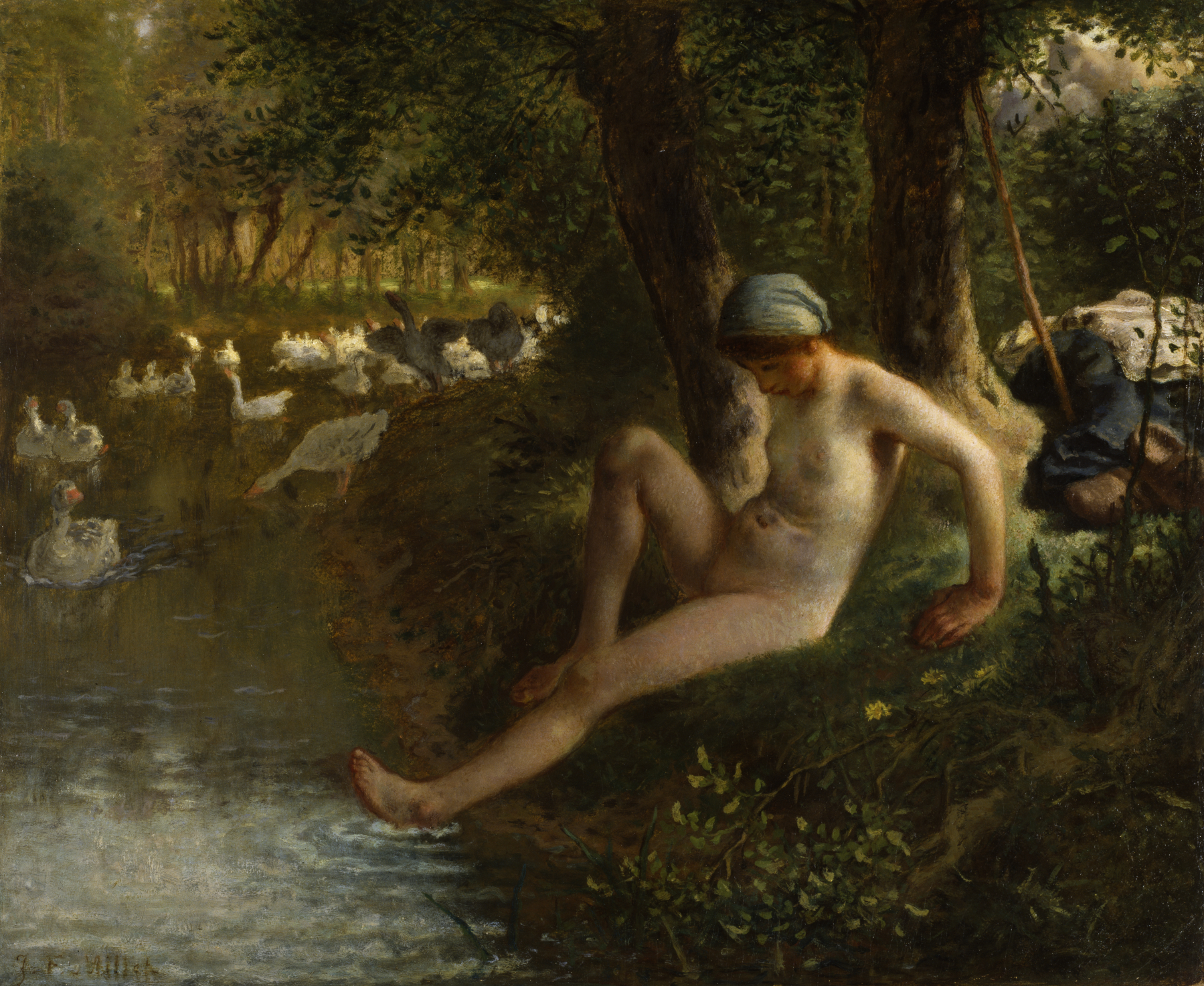
- Subject Matter: Millet’s paintings often focused on the lives of peasants and the rural landscape. He had a deep empathy for the hardships of rural life, and his works depicted scenes of farmers laboring in the fields, shepherds, and rural families.
- Realism and Social Commentary: Millet’s paintings are often associated with the Realist movement, which aimed to portray ordinary life with truth and accuracy. His works were seen as social commentary, highlighting the challenges faced by peasants and laborers in 19th-century France.
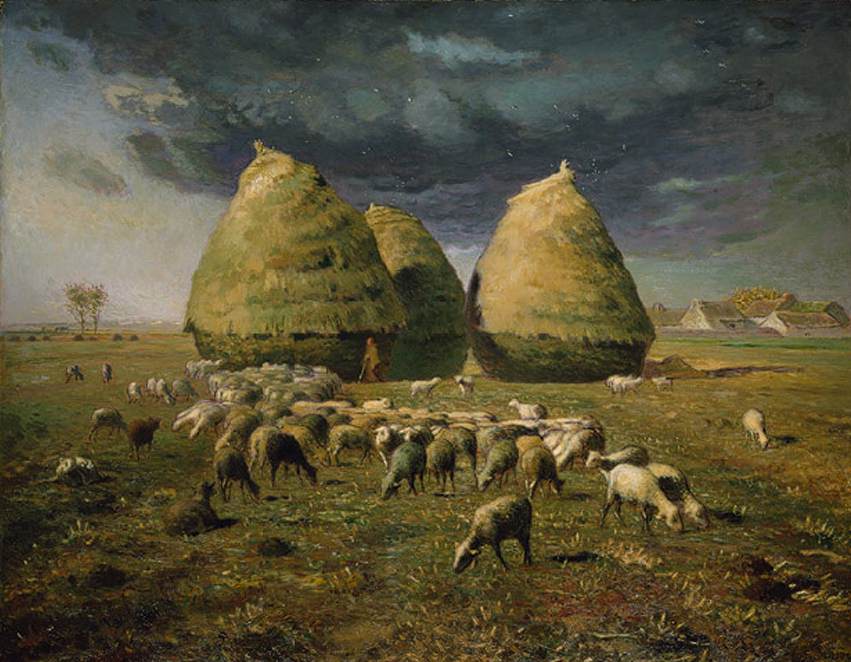
- The Gleaners: One of Millet’s most famous works is “The Gleaners” (1857), which depicts three peasant women collecting leftover grain after the harvest. The painting is a powerful representation of rural poverty and the dignity of labor.
- Symbolism: While grounded in realism, Millet’s works often contained symbolic elements. The figures in his paintings were sometimes seen as archetypal representations of humanity, reflecting themes of work, struggle, and the cycle of life.
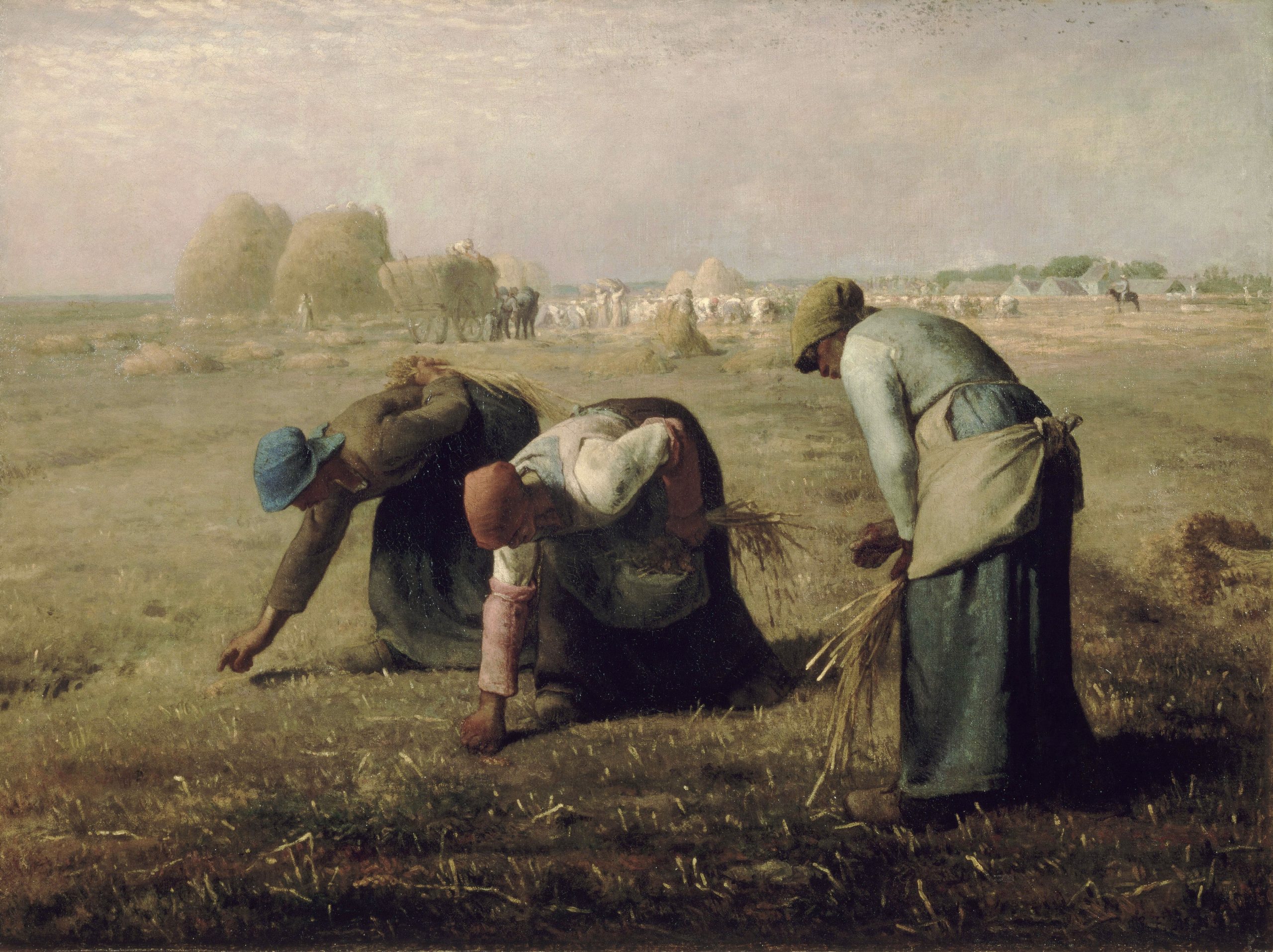
- Criticism and Controversy: Millet’s emphasis on depicting the lives of peasants faced criticism from some quarters, who found his subjects too gritty and unidealized. However, he also had supporters who praised his commitment to truth in art.
- Later Years and Recognition: In the later years of his career, Millet received greater recognition. He was awarded a second-class medal at the Salon in 1867, and his works gained popularity in France and internationally.
- Death and Legacy: Jean-François Millet died on January 20, 1875, in Barbizon. Despite facing criticism during his lifetime, Millet’s work is now widely celebrated for its influence on the Realist and Symbolist movements. His impact can be seen in the works of subsequent artists, including Vincent van Gogh and Salvador Dalí.







